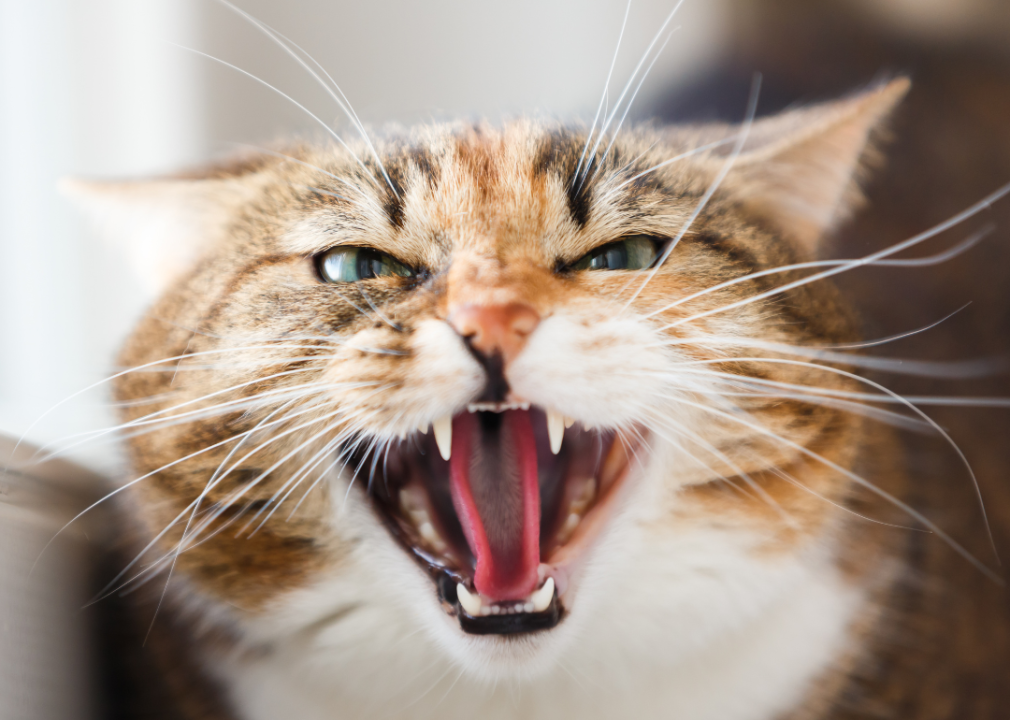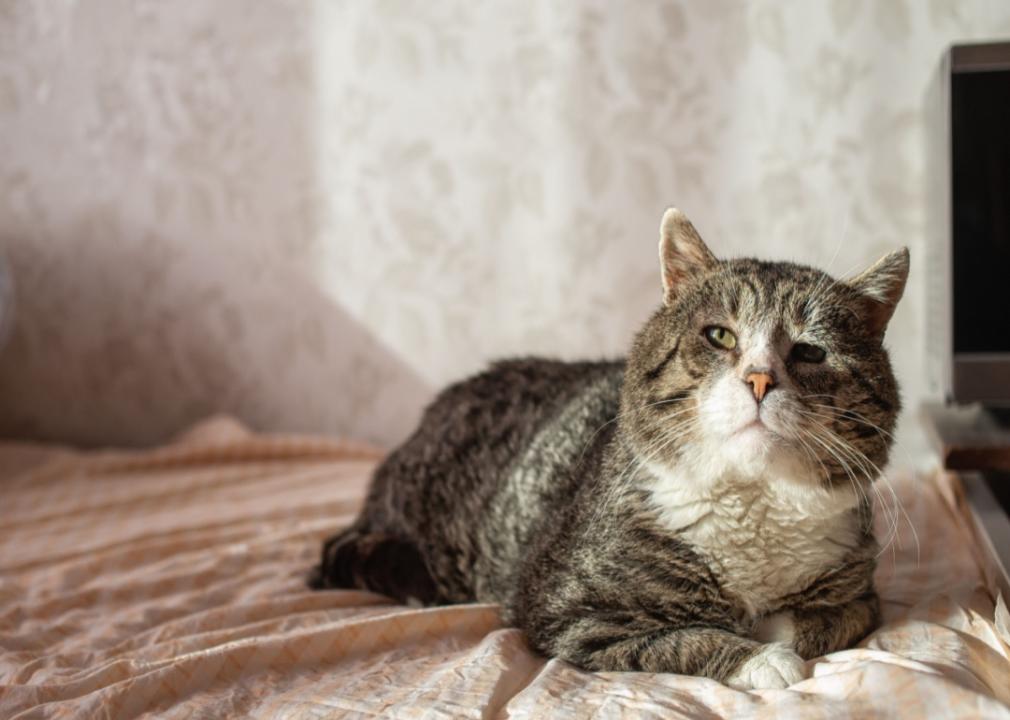Quality of life signs to check for your aging pet
Lichtflut // Shutterstock
Quality of life signs to check for your aging pet
Black Labrador sitting under a tree after swimming.
Pet ownership is widespread in the U.S., as the American Veterinary Medical Association estimates that about 38% of households have a dog and around 1 in 4 households have a cat. These beloved pets are important members of the families they belong to, providing companionship, entertainment, exercise, love, and comfort.
Having a pet can be a lot of fun, but as pets reach their golden years, they require a lot more health care to stay healthy and happy. While pet ownership has expanded in recent years, the number of qualified people available to treat pets has shrunk considerably. In addition to limited access to health care, pet guardians might face tough, often heartbreaking decisions as their pets age.
Native Pet curated a list of recommendations from expert and veterinary resources for evaluating the quality of life of aging pets. Pet owners devote a lot of time and energy to caring for their animal companions, wanting their pets to live as long as possible. Nevertheless, their decisions should factor in their pet’s daily quality of life—how do health decisions impact essential health, comfort, and happiness? Other factors to consider includes the amount of pain or discomfort they might be experiencing and what activities they might have to give up. Aside from these points, the quality of life scale can be a helpful tool to help you understand how your pet may feel.
![]()
Cindy Hughes // Shutterstock
Is there obvious pain?
A Basset Hound looking to the side.
Unfortunately, pets don’t always show obvious signs when they are in pain. However, subtle signs like limping or walking differently, acting withdrawn, and being less playful can all point to possible pain. Pets can suffer if pain is not managed properly or if the condition advances to the point where the pain simply cannot be managed or treated. Pet owners often believe pain is the main factor influencing their pets’ quality of life, yet the absence of pain does not automatically imply a high quality of life.
Canva
Is the pet unsafe to themselves or others?
An angry cat.
Changes occur as animals age. A once fun and loving pet can become aggressive and sometimes unpredictable. These changes in a pet’s behavior—especially as they age—can indicate an underlying cause such as pain, age-related intolerance, or cognitive dysfunction. These root problems make pets hard to manage and, in some cases, can make their behavior unsafe for other pets and people—or even themselves. Identifying the underlying cause of personality shifts is the first step in finding a solution, as behavioral changes may be a source of concern for pet owners.
Canva
Do they have a healthy appetite?
Small dog staring up at owner next to full food bowl.
It is not uncommon for a pet to miss a few meals or not eat as much as usual; however, if a pet hasn’t eaten in a day or two, this should be a red flag. Pet parents can consider keeping a food journal to monitor their pets’ eating and drinking routine. They might also need to adopt new tricks to feed their pets. One option is feeding your pet by hand. In some situations, extra measures like feeding tubes may be required, but consulting with a veterinarian to weigh your alternatives is the best approach.
Alex Zotov // Shutterstock
How easy it is to go to the bathroom
Old tabby cat lounging.
Incontinence and urinary leakage are fairly common in senior dogs. Being unable to control these bodily functions due to disease or immobility and being unable to get away from their eliminations can be highly unpleasant to most pets. Pet owners will need to provide extra care to keep their pets clean and dry, particularly if they have mobility challenges. Although the extra care can be challenging for some pet owners, it prevents infections and bedsores from affecting their pet’s quality of life.
Radek Ziemniewicz // Shutterstock
Are there activities they still enjoy?
Big yellow Labrador sitting on the beach at sunset.
Pets may be unable to talk, but it’s not too difficult to tell if a pet enjoys certain activities. As pets grow, owners need to pay closer attention to their activity levels. A pet that doesn’t enjoy playing with their favorite toys or is always scared or anxious oftentimes could be suffering from age-related conditions or may have started to give up on life. Animals instinctively withdraw from their “pack” when sick or dying. Changes in an elderly pet’s daily routine are almost always significant and may suggest an unresolved issue with one of the other recommendations above. If their days no longer have happy moments, this can signal a negative quality of life factor.
This story originally appeared on Native Pet and was produced and
distributed in partnership with Stacker Studio.






